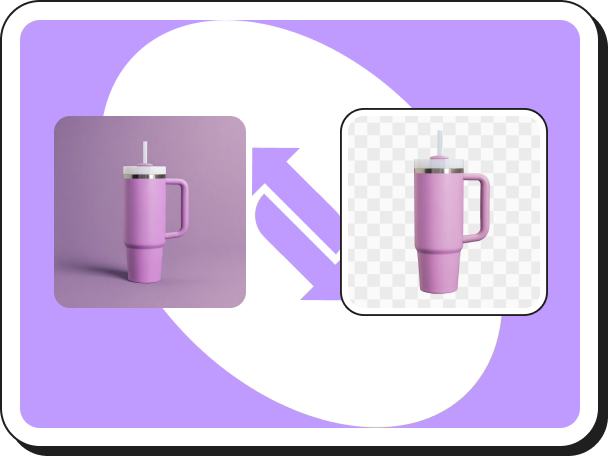Unknown Page Blog
Blog
 Blog
Blog Probador Virtual
Probador Virtual Cambio de modelo de IA
Cambio de modelo de IA Videos de Moda
Videos de Moda Videos de Productos en Mano
Videos de Productos en Mano Vista en mano
Vista en mano Prueba Virtual de Accesorios
Prueba Virtual de Accesorios Fondos de IA
Fondos de IA Clon de estilo
Clon de estilo Eliminar marca de agua
Eliminar marca de agua Plantillas de IA
Plantillas de IA Traductor de Imágenes
Traductor de Imágenes Traducción de video
Traducción de video Probador Virtual de Zapatos
Probador Virtual de Zapatos Avatar de IA
Avatar de IA Removedor del fondo
Removedor del fondo Sombras de IA
Sombras de IA Escalador de Imágenes
Escalador de Imágenes Mejorador de Imágenes
Mejorador de Imágenes Blog
Blog